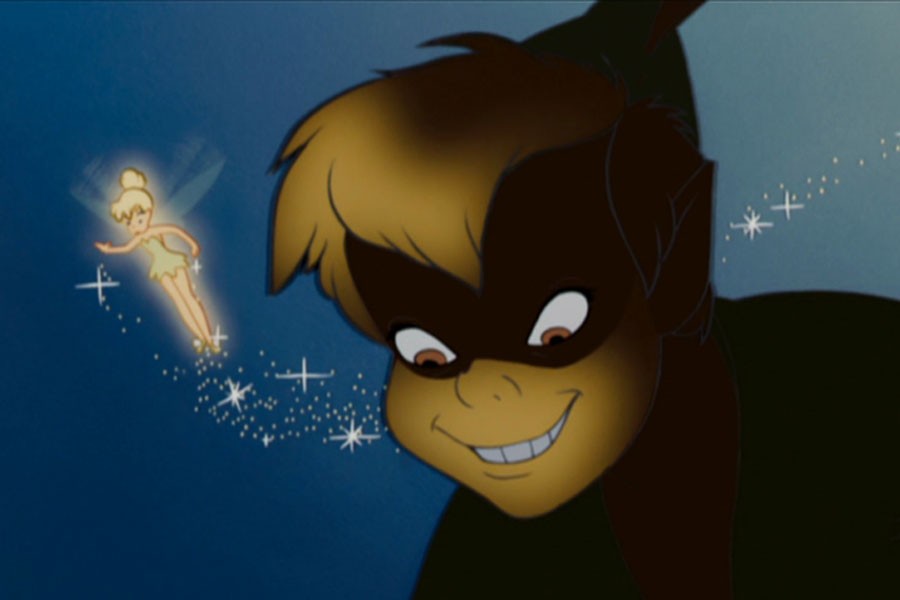The Disney Year: “Peter Pan” is a puzzling reflection on childhood
The mischievous Peter Pan lurks atop the rooftops of London in a still from the Disney film of the same name (Disney).
August 5, 2015
The output of Walt Disney Animation Studios–currently totaling 54 full-length films–has been cherished by audiences young and old for almost 80 years. In this weekly online feature, arts and entertainment editor Nathan Tucker will review and rank each of them.
Peter Pan has the dubious feeling of having sprung fully formed from the subconscious id of a child. There is a certain innocent beauty to it, but it is ultimately a slapdash attempt at transcribing J.M. Barrie’s play that loses itself inside its own themes.
Any attempt to analyze what Disney’s Peter Pan has to say about childhood would end up revealing more about the author than the film. Suffice to say, childhood in Peter Pan is a bittersweet thing. Wendy, the film’s actual protagonist, finds her experience in Neverland to be exclusively negative: mermaids, fairies, and her hero archetype all fail her because this is a place where she does not belong. Her childhood stories can no longer sustain her.
This could easily lead into a poignant meditation on childhood’s end and finding a proper balance between innocence and experience. But the film does not quite accomplish that, all due to the troublesome character of Peter Pan himself. Peter is the Ferris Bueller to Wendy’s Cameron; the manic catalyst that propels the protagonist but remains unchanged. As the film progresses, its title character finds himself struggling against the film’s thematic grain and the film fumbles with its resonance as it tries to shoehorn the Boy Who Never Grew Up into a film about growing up. What is the audience supposed to make of Peter rescuing the children who are symbolically leaving childhood from whatever Captain Hook represents? What about Peter assuming Hook’s coat and title? Usually symbolism can comfortably be ignored in favor of the story, but Peter Pan is so dependent on the idea of archetypes that the careless themes drown out the plot.
Peter Pan also features the unfortunate beginning of a trope that would feature in too many Disney films throughout the next twenty years: the Random Racist Song. The qualifications as set forth by “What Makes the Red Man Red?” include blatant racial stereotypes, catchy music, and the racism itself being unessential to the film’s plot. The depiction of Native American culture as some costume that little British kids can try on for size before discarding it in a sudden fit of maturity is the second serious blight against Peter Pan.
Despite these ever-present issues, Peter Pan still has that inimitable scene where the children fly over London, weightless character design, and the best Disney villain yet in the campy Captain Hook. Peter Pan knows how to talk but has no idea what it wants to say–a problem it shares with the average child.
The List:
- Bambi
- Alice in Wonderland
- Fantasia
- Pinocchio
- Peter Pan
- The Adventures of Ichabod and Mr. Toad
- Cinderella
- Dumbo
- Melody Time
- Snow White and the Seven Dwarfs
- Fun and Fancy Free
- Saludos Amigos
- Make Mine Music
- The Three Caballeros


